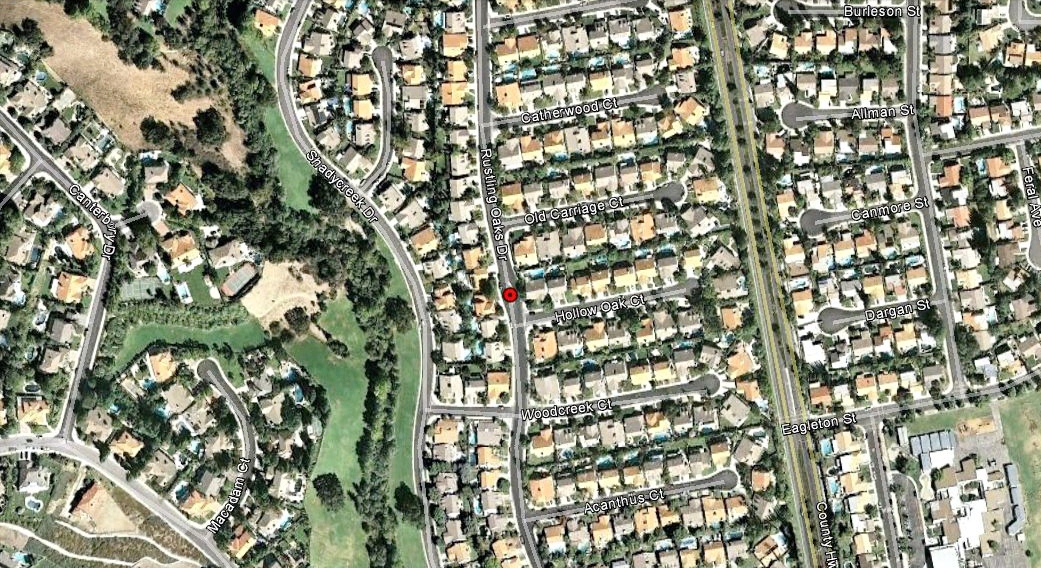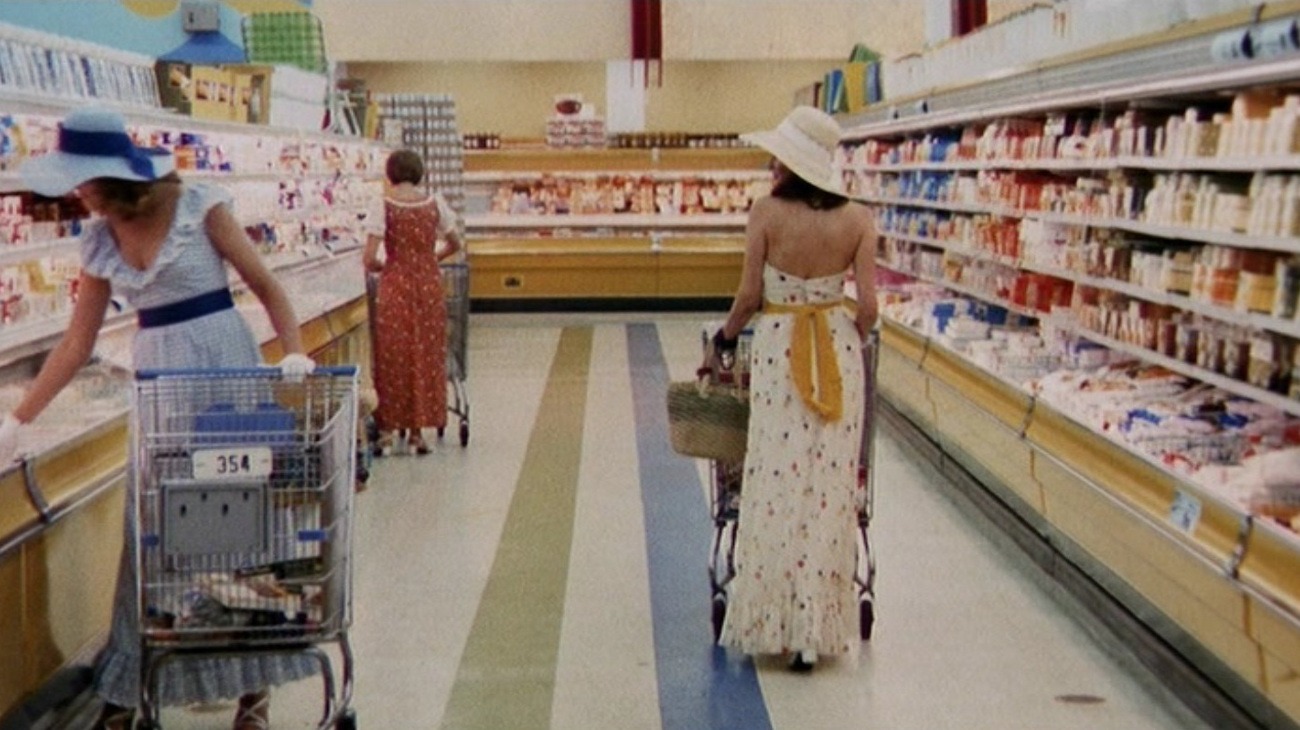Halloween, Horror, & the Suburbs
At HPA, we are passionate about creating successful and engaging spaces. Researching and being educated about our shared built history is crucial to averting failures of the past. One of the most interesting chapters of cinematic history are horror films that document the spaces that evoke terror in most Americans. For Halloween, the HPA Preservation team has started a new tradition of hosting a screening of a horror movie with an introduction covering the history of the movie’ built environment.
This year featured Poltergeist (1982) and the history of suburban expansion. Poltergeist is set in the fictional town of Cuesta Verde, CA, located in the Conejo Valley. California’s population doubled between 1940 and 1960, and the Conejo Valley is full of master-planned cities similar to many around the country that were built quickly to accommodate America’s postwar population boom. Between 1948 and 1958, 85% of the new homes built in the United States were located in suburbs. These developments were backed by government programs, and defined by tract-housing building practices and fast and cheap mass production. Regional differences in architecture and urban planning began to erode in favor of identical-looking housing. In contrast to pre-war streetcar suburbs, these towns were defined by car culture. The soon sprawling suburbs of America were isolated, homogenous and segregated.

Prior to the 1970s, horror movies were typically set in spooky gothic mansions (i.e. Psycho (1960), The Haunting (1963), almost any version of Dracula). But by the mid-1970s, there was a generation of filmmakers who wanted to reflect the environment in which they grew up, the promise of the American dream, and the rot beneath it. They were disillusioned and started to reflect those cracks in the veneer with movies such at The Stepford Wives (1975) and Halloween (1978).

Steven Spielberg’s story in Poltergeist takes it a step further – a seemingly ideal Reagan-era family, living in a new house in a new housing development surrounded by even newer housing developments, is haunted by the nameless buried bodies the developers disregarded in their path towards progress. This house, this development, this family could be anywhere in early 1980s America — and that is one of the most terrifying elements of the movie. “Rather than in some old house … [Steven] decided that we should do it in a setting that is normal almost to the point of abnormal.”

Our planning and preservation teams research and respect the history of all the places and buildings we work on, and we strive to make those places unique and welcoming. And thankfully we haven’t had to hire any parapsychologists or mediums for any of our projects …yet.
Happy Halloween!
